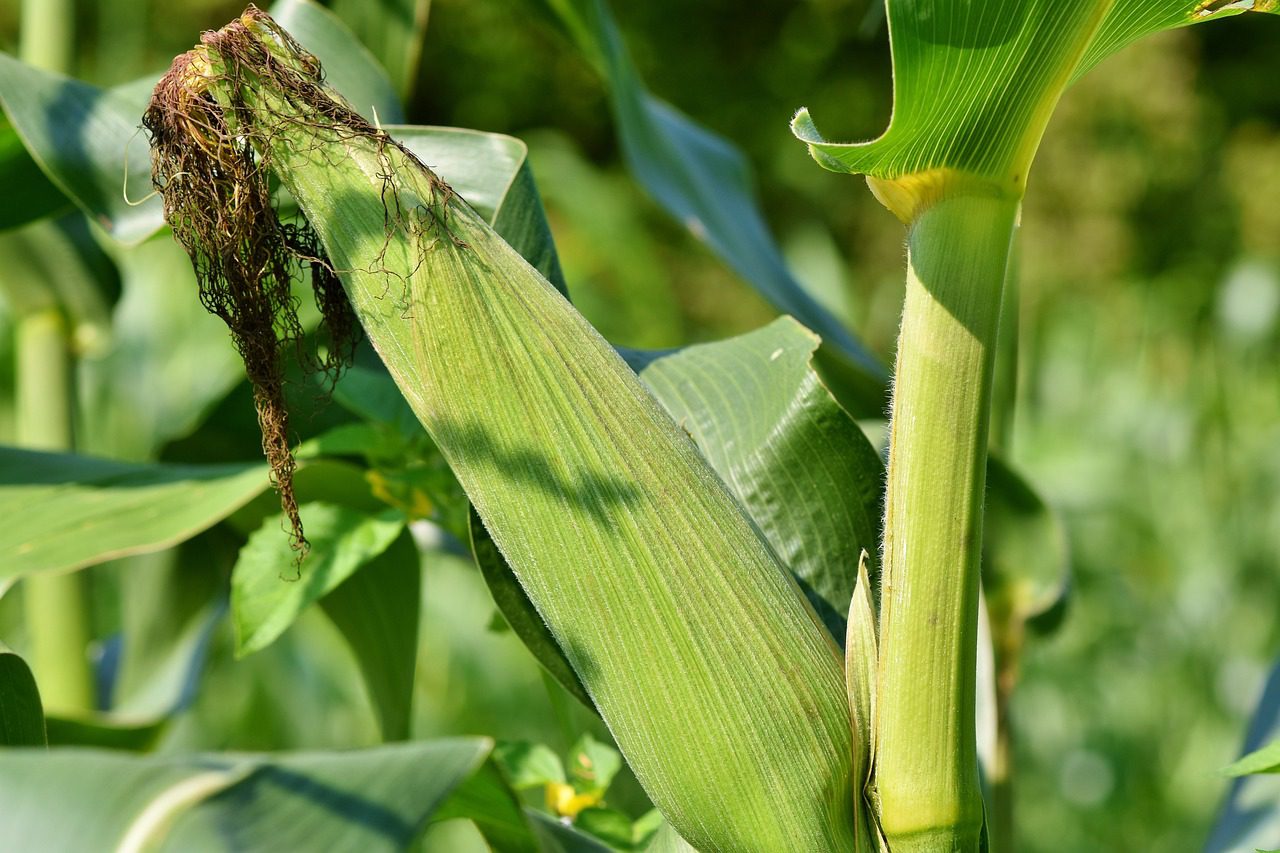March 1, 2023 – A frequently touted solution to the diminishing supply of Colorado River water is paying farmers to use less water, with letting land go fallow as one of the ways to do so. The Inflation Reduction Act passed last year includes $4 billion in funding specifically for water management and conservation efforts in the Colorado River Basin and other areas experiencing similar levels of drought.
passed last year includes $4 billion in funding specifically for water management and conservation efforts in the Colorado River Basin and other areas experiencing similar levels of drought.
Allowing land to go fallow for the sake of conserving water is not sitting well with some farms. An opinion published yesterday in The Denver Post  indicates that that farmers in western Colorado are getting less money per acre-foot of water under a “system conservation pilot program” than they earn farming. One organic farmer was offered $150 per acre-foot when income from his organic corn comes to about $650 an acre-foot of water used.
indicates that that farmers in western Colorado are getting less money per acre-foot of water under a “system conservation pilot program” than they earn farming. One organic farmer was offered $150 per acre-foot when income from his organic corn comes to about $650 an acre-foot of water used.
Axios reports that reduced crops in exchange for a temporary reduction in water usage is not appealing to some Arizona farmers. “What we’re saying in Yuma is we don’t want to be paid not to farm. We want to be paid money so that we can develop better production, whether it’s in seed technology, other technology, infrastructure,” Wade Noble, a Yuma water attorney told Axios Phoenix
reports that reduced crops in exchange for a temporary reduction in water usage is not appealing to some Arizona farmers. “What we’re saying in Yuma is we don’t want to be paid not to farm. We want to be paid money so that we can develop better production, whether it’s in seed technology, other technology, infrastructure,” Wade Noble, a Yuma water attorney told Axios Phoenix .
.
The cost of upgrading irrigation systems to conserve water is high. Governing.com reports that around 70% of formerly flood-irrigated fields have been converted to pressurized center pivot irrigation systems, but suggests that microirrigation systems such as drip irrigation would “use 20 percent to 50 percent less water than conventional sprinkler systems.” Drip systems are expensive, costing upwards of US$2,000 per acre. “They are not cost-effective for farmers who grow low-value crops, such as alfalfa, and are prohibitively expensive for small farmers.”
reports that around 70% of formerly flood-irrigated fields have been converted to pressurized center pivot irrigation systems, but suggests that microirrigation systems such as drip irrigation would “use 20 percent to 50 percent less water than conventional sprinkler systems.” Drip systems are expensive, costing upwards of US$2,000 per acre. “They are not cost-effective for farmers who grow low-value crops, such as alfalfa, and are prohibitively expensive for small farmers.”
At some point, the issue of saving farms with better production policies instead of simply having them go fallow will need to be resolved. The good news for now is that this year’s above-average snow season is easing the drought situation. In the words of Colton Lockhead of The Las Vegas Review Journal , “The hefty snow season won’t be nearly enough to end the two-decades-long drought or refill the river system that some 40 million Americans rely upon. But it looks to be enough to at least somewhat stem the bleeding levels at Lake Mead and Lake Powell, where drought and chronic overuse have sent the two reservoirs to historic low marks in recent months. The Bureau of Reclamation’s most recent projections show Lake Mead dropping to 1,033.4 feet in elevation by the end of 2023, about 14 feet lower than the reservoir’s current level. That projection is about 12 feet higher than the 2023 end-of-year mark in the bureau’s forecast from December.”
, “The hefty snow season won’t be nearly enough to end the two-decades-long drought or refill the river system that some 40 million Americans rely upon. But it looks to be enough to at least somewhat stem the bleeding levels at Lake Mead and Lake Powell, where drought and chronic overuse have sent the two reservoirs to historic low marks in recent months. The Bureau of Reclamation’s most recent projections show Lake Mead dropping to 1,033.4 feet in elevation by the end of 2023, about 14 feet lower than the reservoir’s current level. That projection is about 12 feet higher than the 2023 end-of-year mark in the bureau’s forecast from December.”


Leave a Reply